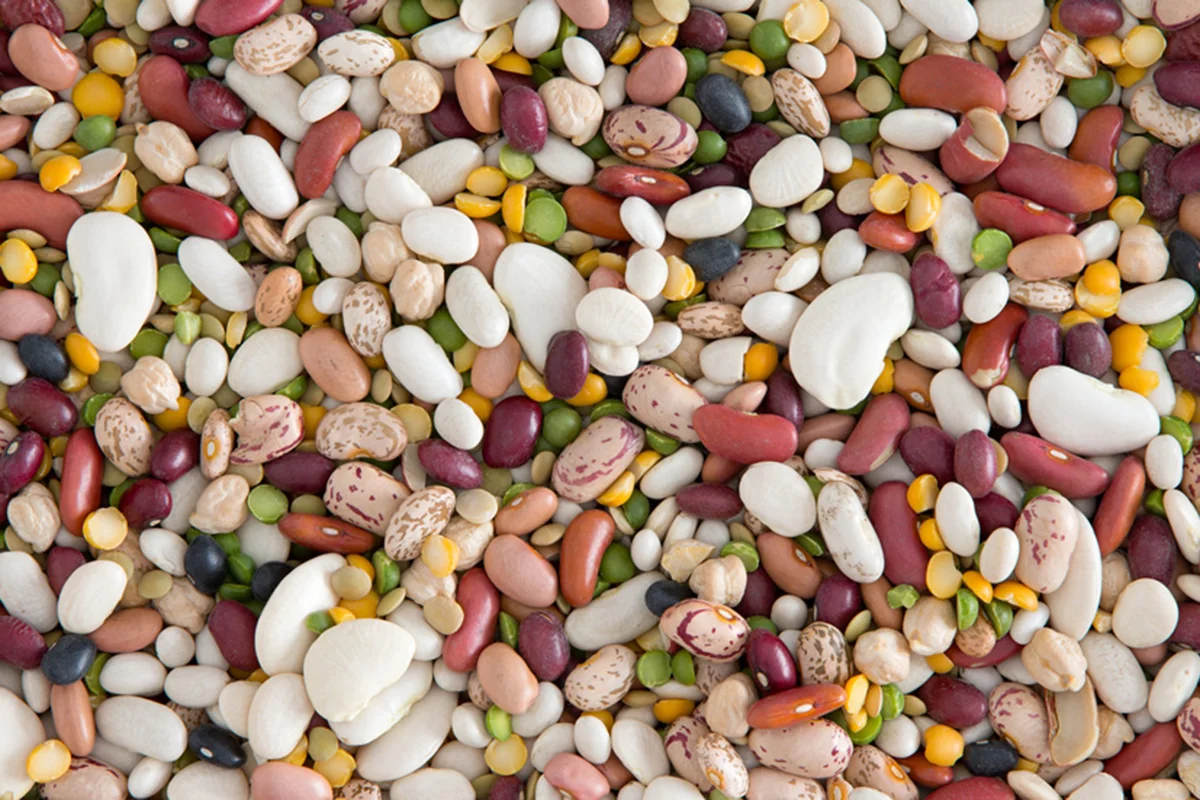Farmers embrace the rise of versatile, nutritious beans
Eating black-eyed peas on New Year’s — a Southern tradition dating back to the Civil War — has long been thought to bring good luck for the year ahead. But even without such blessings, beans are booming in Colorado, with a group of dedicated farmers and processors bringing them to market every year, where they end up on consumers’ plates and bowls throughout the country.
“Colorado produces a very high quality of beans,” says Troy Seaworth, president of the Colorado Dry Bean Committee and owner of Seaworth Farms, a third generation bean farm in Larimer County. “We are known for producing bright, light-colored pinto beans, which consumers like. Beans fit Colorado well because of our central location for shipping and cool nights and elevation for growing. We’re a great bean state.”
A quick lesson on legumes. The dry bean market consists of navy beans, light red kidney beans, great northern beans, pinto beans, black turtle soup beans, Anasazi beans, and others. The main one grown in Colorado is pinto, comprising about 85% of the market, with mayocoba and light red kidney following suit. Weld County is the state’s main contributor with 21,772 acres of active bean farming.
It all adds up to big business. According to the USDA’s Natural Agricultural Statistics Service, Colorado ranks seventh in the country in bean production, putting $26 million of dry beans on the market in 2022 (just under onions at $28 million and well below potatoes at $251 million and corn at $900 million). And though down from a high output of $41.5 million in 2020, that’s still a sizable pod, with 2024’s crop expected to come close to that high mark.
How they grow
While not quite in the same league as Jack’s giant beanstalk, Colorado’s bean success owes itself to the state’s bright blue skies and nutrient-rich soils. Warm sunny days and a dry climate mixed with higher altitudes and cold nights are great for growing pinto and mayocoba, creating denser beans with deeper and more complex flavors. Combined with the state’s great soil, this also makes them brighter colored and more appealing to buyers. Most beans are planted between May 20 and July 1, and crop rotation is crucial. Irrigated beans usually employ a three- or four-year rotation with corn, barley, wheat, and alfalfa; dryland beans are rotated every three years with grain sorghum, wheat, and sunflowers.




